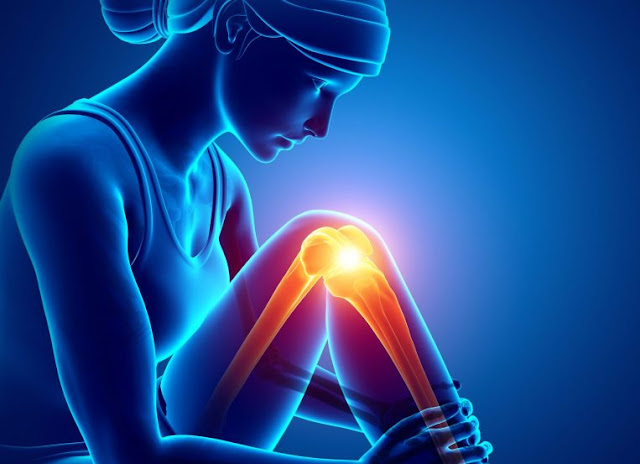Injuries to any part of the musculoskeletal system can leave one in excruciating pain, but to make things worse, most medications offered have adverse side effects. Furthermore, the relief that drugs provide is often limited and can decrease over time. So modern science is looking to new therapies and treatments. One of them is called Stem Cell Therapy. The orthopedic stem cell therapy is a regenerative treatment that stimulates the natural healing process of the body. There are many benefits with using this treatment, and compared with invasive surgery, this therapy is more tolerable. There is less pain & recovery time involved.
How does it work?
The human body has the potential to heal itself over time. Stem cell therapy is based on this phenomenon. The majority of the cells are obtained from the bone marrow of the patient. The stem cells are derived from the fat present in the bone marrow of the patient. When these cells are injected into the affected area, they can transform into the cells needed for that area. New growth and healing is stimulated by these stem cells when they are injected into the injured area. Someone may ask: Why not just wait for the cells to reach the damaged area on their own? The answer is simple: That would be a very time consuming process, and stem cells do not haphazardly concentrate on a specific area, since other bodily functions need to be taken care of as well. Each day cells die & new ones form. So when this is performed by a specialist, orthopedic stem cell therapyhas many benefits.
The process
Many people might conclude that stem cells are harvested from abandoned embryos, and may end up declining the procedure for ethical reasons. In reality, only stem cells from your own bone marrow are used. Stem cells from one’s own body are familiar, and the immune system has no objections for the healing process to take place. There is no risk involved with this method. Various studies have been conducted to confirm the efficacy of stem cell therapy. Stem cell therapy research studies boast an excellent track record. What these studies indicate is that any possible side effects are negligible. There are no remnants of scarring or sutures, and the recovery period is reduced. This means one does not need to spend any time in the hospital for this procedure. The patient can walk in and walk out.
Is it also effective fordegenerative disk disease?
There are a few conditions that are too elaborate to be restored by orthopedic stem cell therapy. A suitable example would be what is known as Degenerative Disk Disease. Stem cell therapy can improve this condition, but one has to keep in mind that this area already experiences a lack of blood supply. Very few non-operative methods are available that have good efficacy, and stem cell therapy is one of them. With little or no risks, and favorable results, it is worth considering stem cell treatment as a viable option. As always, be an informed patient to find the best practitioners in order to experience the best outcomes.






